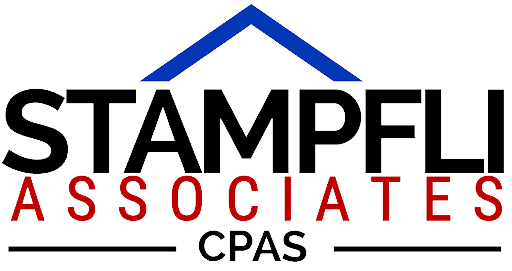Are your nonprofit board meetings as focused as they could be?
According to nonprofit BoardSource, not-for-profit boards that meet monthly should be able to cover all business in one to two hours. If your meetings last longer, they may lack planning and focus. This can ultimately harm your organization as busy board members lose confidence in your leadership — and even quit. Here’s how to hold productive meetings that don’t run long.
Agenda items
Once you’ ve set a meeting date, prepare an agenda. Email board members to ask if there’s anything they want to add. This will help ensure all pressing concerns can be covered and minimize the chances of “surprise” issues extending the meeting. For each item, provide a timetable and assign responsibility to specific members. Include at least one board vote to reinforce a sense of purpose and accomplishment but be careful not to cram too much into your agenda. Otherwise, the meeting is likely to feel rushed or run beyond the scheduled time. Then email a board packet to members at least two days before the meeting. This packet should include the agenda, minutes from the previous meeting, and materials relevant to new agenda items, such as financial statements and project proposals.
Keep the meeting moving
Precede each board meeting with a short reception that allows members to catch up. Some board members have little time to spare, but most will welcome the opportunity to get to know their colleagues better. Once the meeting starts, your executive director and board chair should keep things moving by:
Sticking to the agenda
Enforcing a time limit on discussions, particularly if one or two members are dominating them
Encouraging a vote after a reasonable period
If board members need more time to think about an issue, postpone the decision to a future date rather than letting the discussion drag on. And be sure to end meetings on a positive note by restating what you’ve accomplished and by thanking attendees for their time.
Complete post-meeting tasks
Board meetings can’t be effective if there’s no follow-up. Find and share answers and supporting materials for any questions that arose during the meeting and place unresolved items on the next meeting’s agenda. Also, ensure that board members are fulfilling their commitments to your organization and fellow members. If busy schedules prevent their attendance or they often arrive at meetings late or unprepared, step in and help. If the issue continues, consider replacing the members.
Consent agenda
Finally, you might want to consider implementing a consent agenda. This is a mutually agreed upon decision to consolidate routine items and resolutions that don’t require discussion, such as previous board meeting minutes and committee reports. By voting on several items at once, you can save considerable time. Contact us for more information on good nonprofit governance. © 2024

